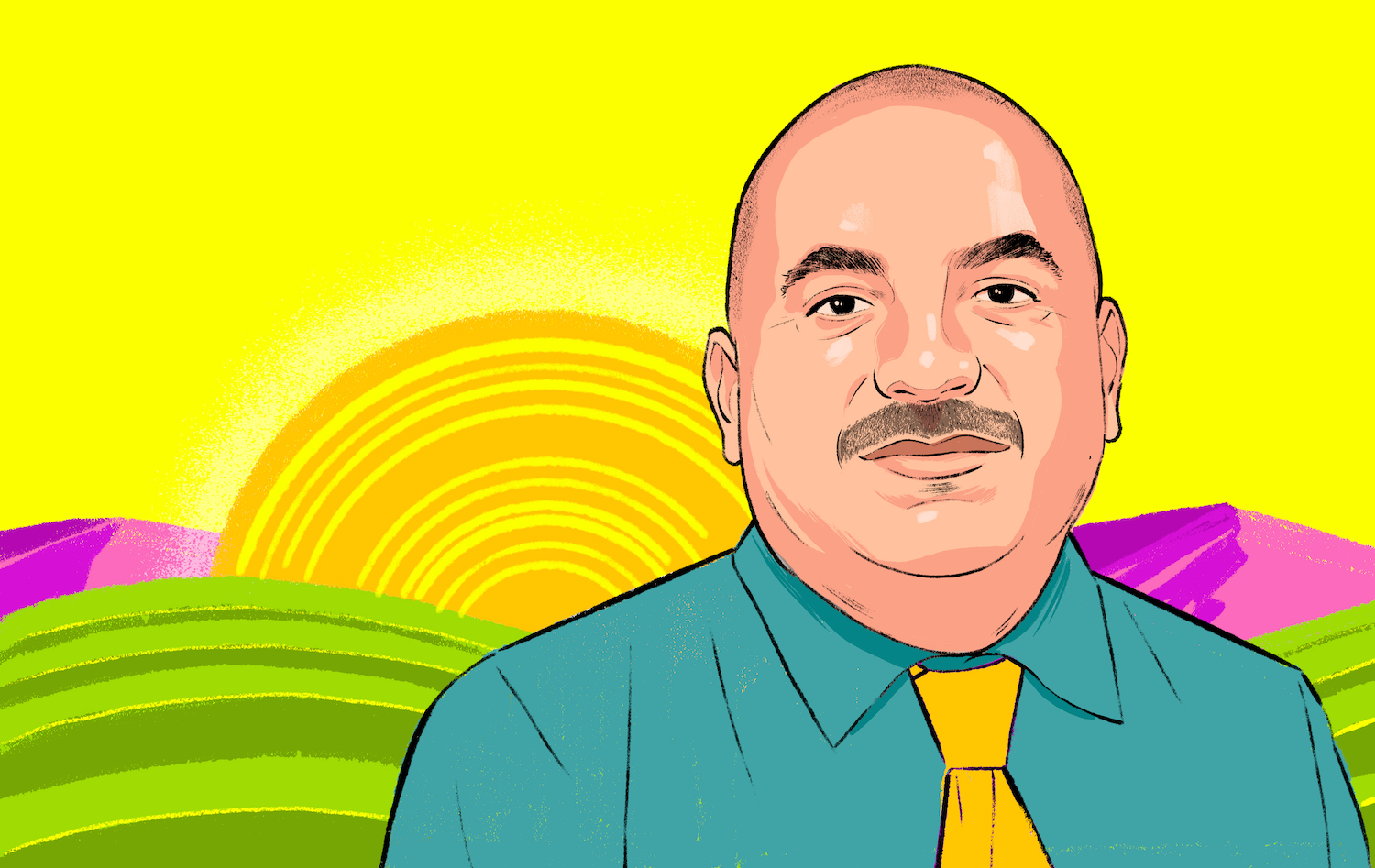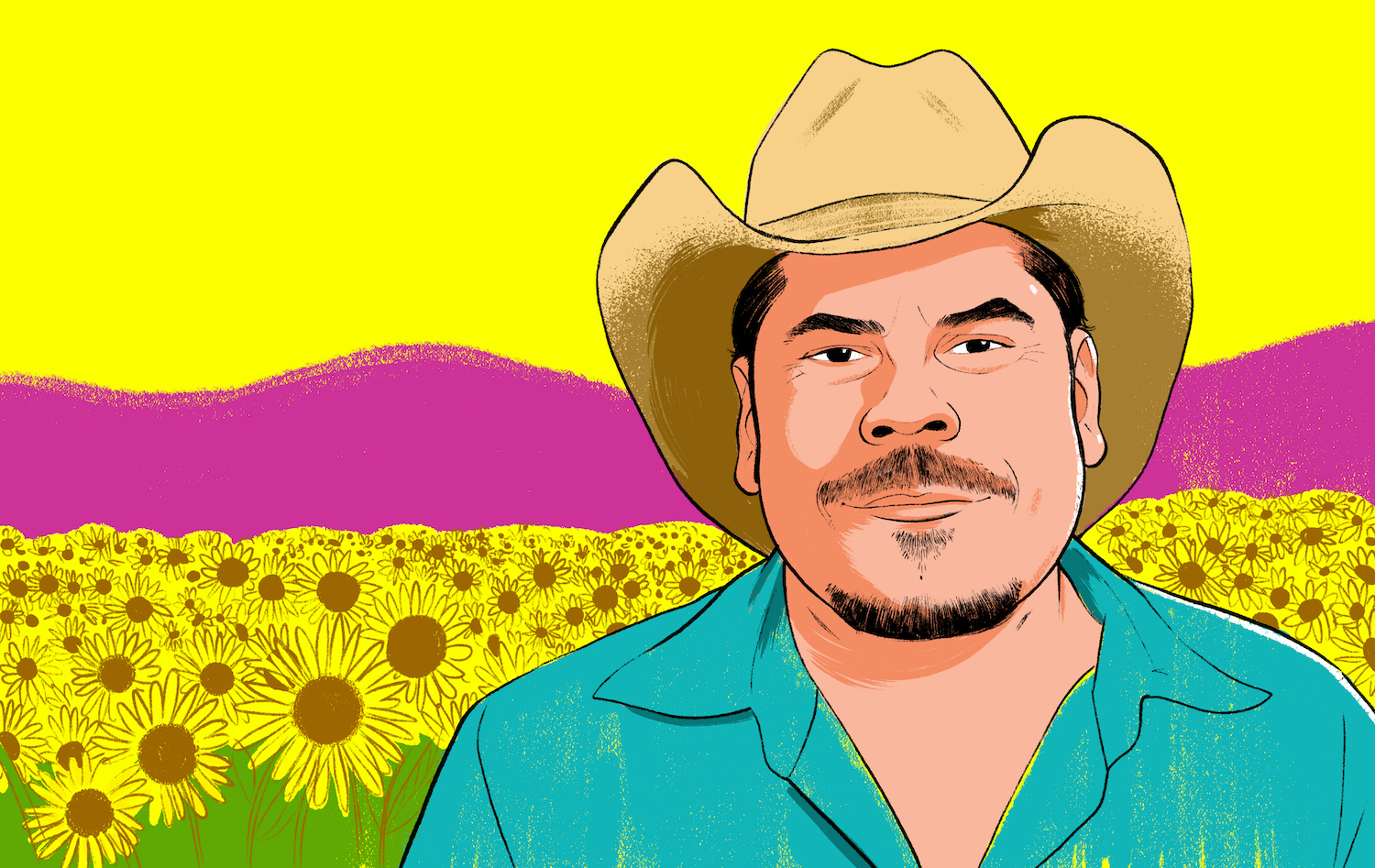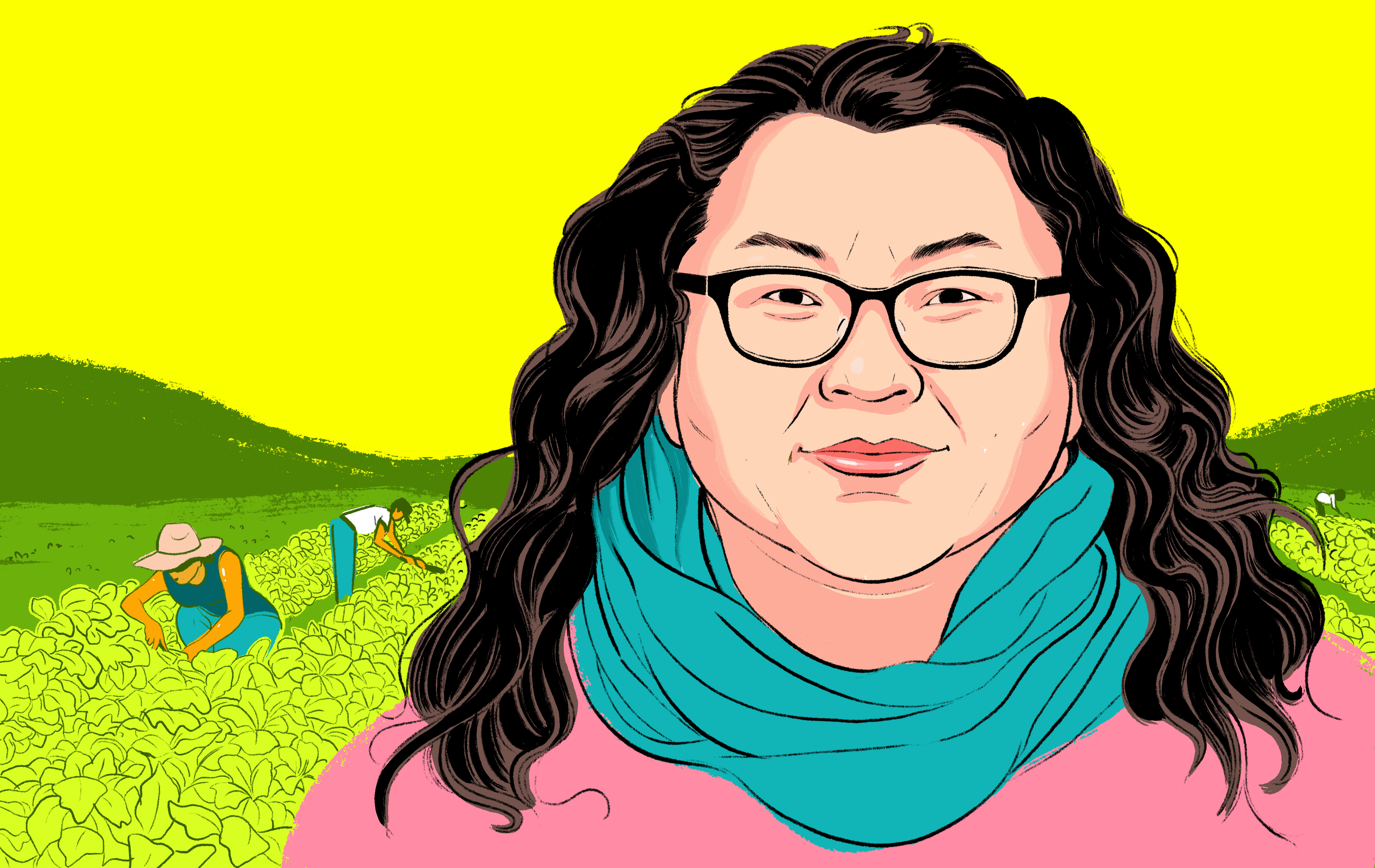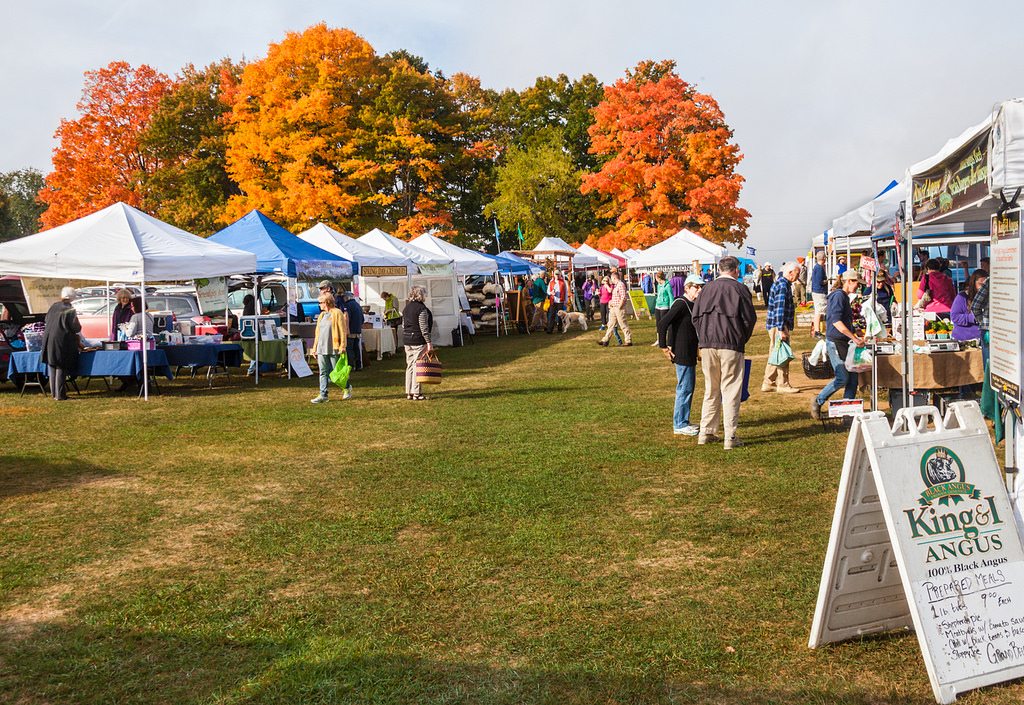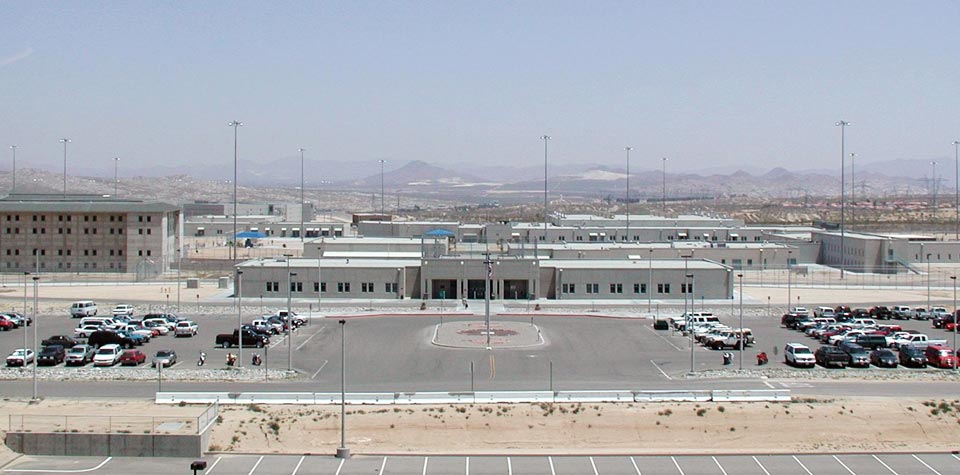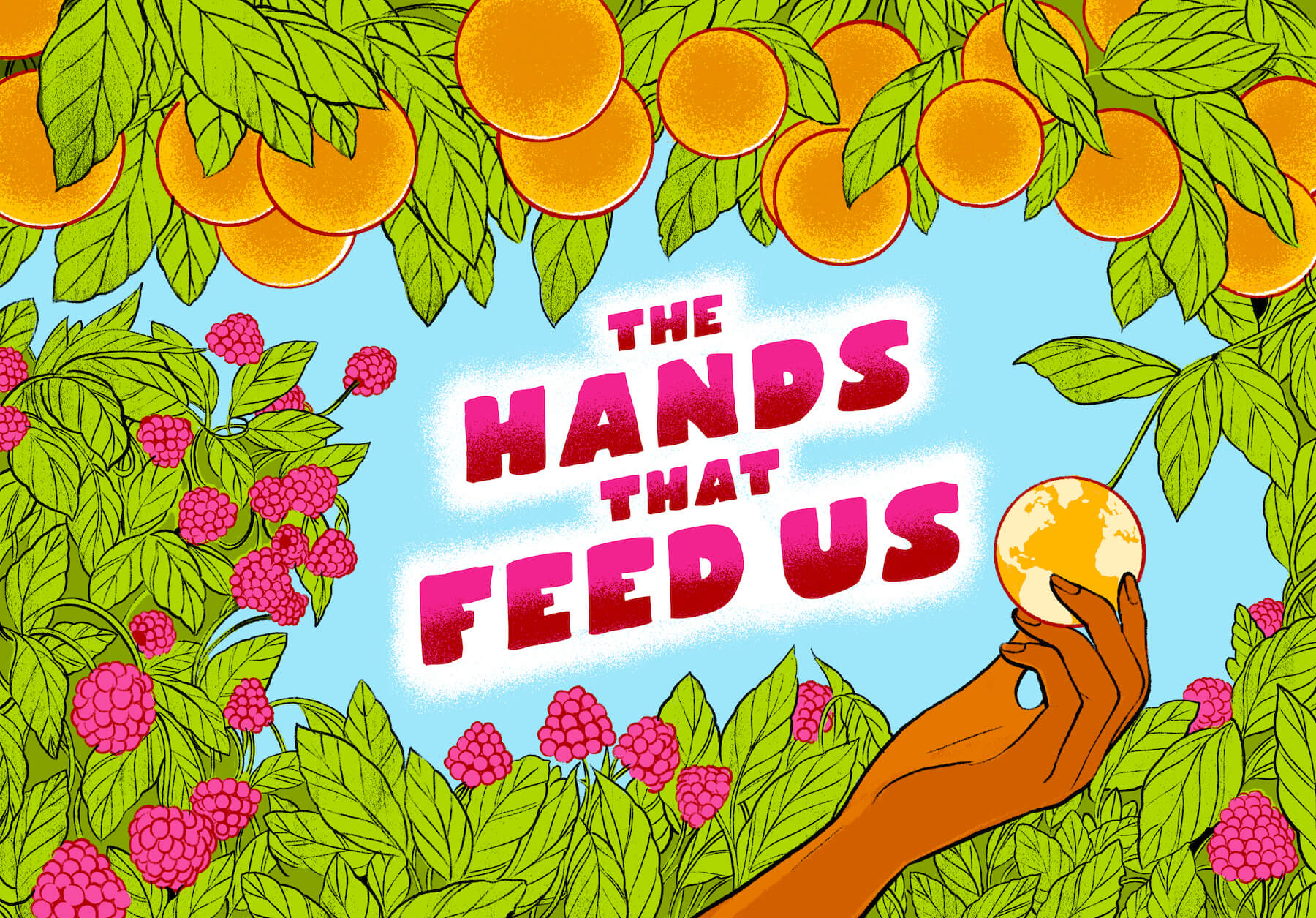
Alex Fine
A series from The Counter.
On Friday, as a caravan of nearly 7,000 Central American migrants continued to move north from its origin in Honduras, the Pentagon announced that Defense Secretary James Mattis had approved a request from the Department of Homeland Security (DHS) for enhanced capabilities along the southwest border. What this means is that some number of troops will be deployed to the U.S.-Mexico border as soon as Tuesday—800 was an earlier estimate—but we don’t yet have official confirmation of exactly how many. On Monday morning, outlets including USA Today, Axios, and The Wall Street Journal reported that the original estimate could be significantly higher. We were not able to independently verify those reports by press time.
This series was a finalist for a 2019 Association for Food Journalists Award (best food project category).
It is against this backdrop that The New Food Economy is launching “The Hands that Feed Us,” a series telling the stories of immigrant food workers in their own words. We do this in part because the true story of America’s food cannot be told without the stories of immigrants.
In berry fields and on cattle ranches, in slaughterhouses and processing plants, in the dish rooms and back kitchens of countless restaurants, immigrant workers—people born elsewhere, who now call this country home—are a crucial source of labor, ingenuity, and expertise. We eat, all of us, thanks to the work they do.
These are stories of people who risked everything to come to the U.S. They help to affirm just how global America’s food marketplace has become.
Though anti-immigrant rhetoric has been on the rise—sometimes boiling over into acts of tragic violence—and headlines continue to be fluid, and often conflicting, our intention is not to opine on or politicize the facts of our current reality. It is simply to acquaint you again with your fellow human beings—and their human stories—and to remind us all of the human hands connected to what we eat.
Almost everything we put in our mouths was at some point raised, picked, carried, packed, cooked, or served by immigrant hands. Nearly 70 percent of farm laborers in the United States are foreign-born, while about 22 percent of those in food preparation and processing are. In the nation’s large, global cities the proportion of immigrants in restaurant work tend to be even higher—in New York City, roughly 70 percent of cooks and food preparation workers were born in another country.
All this means that food production in the U.S. would cease without immigrants—as, increasingly, it does. An ongoing shortage of agricultural visas, and the Trump administration’s promises to deport more people and raid more farms and businesses has meant that food-related jobs across the country routinely go unfilled. This labor shortage has affected produce, seafood and fish processing, milk and wine, to name just a few; meanwhile, in cities like San Francisco, dishwashers are in short supply. The fact is that native-born Americans simply aren’t willing to do some of the very toughest jobs. It’s brutally hard work—one reason that mental health issues are epidemic among the nation’s farm workers, and the suicide rate is four times higher than in the general population. But when immigrants don’t show up, the work goes undone: harvested fish get wasted, and fruit rots on the vine.
We may not all be able to pick strawberries for a day (though evidence suggests people become more empathetic in their stance towards immigration if they do). But these stories help to affirm just how global America’s food marketplace has become. The narratives start with portraits of people from Mexico, our neighbor to the south, a nation from which more people migrate to the U.S. than any other, whose culinary and agricultural history is closely intertwined with ours—and move from there into the histories of workers from countries like Algeria, Thailand, and Kosovo.
These are the stories of people who risked everything to come to America, living and working alongside us. It’s about the sacrifices they’ve made and the choices they face. And it’s about the way they spend their hours, and how they use their hands, to feed our nation.
┓
Are you an immigrant to the U.S. who works in food or farming?
We’d like to hear your story. Send us an email at [email protected].
